If you’ve ever wondered why some people swear by slant board exercises, while others prefer training on flat ground, you’re not alone. The truth is, both have their place, and each offers unique benefits depending on the exercise, your mobility, and your goals.
A slant board changes your body's angle and weight distribution, shifting the way muscles activate during each movement. Meanwhile, a flat surface is what your body is used to, allowing you to build strength in a more traditional setup. So, which one should you choose? Let’s break it down for key exercises!
💡 Good read: 5 Ways to Use the Slant Board
Hamstring Stretch
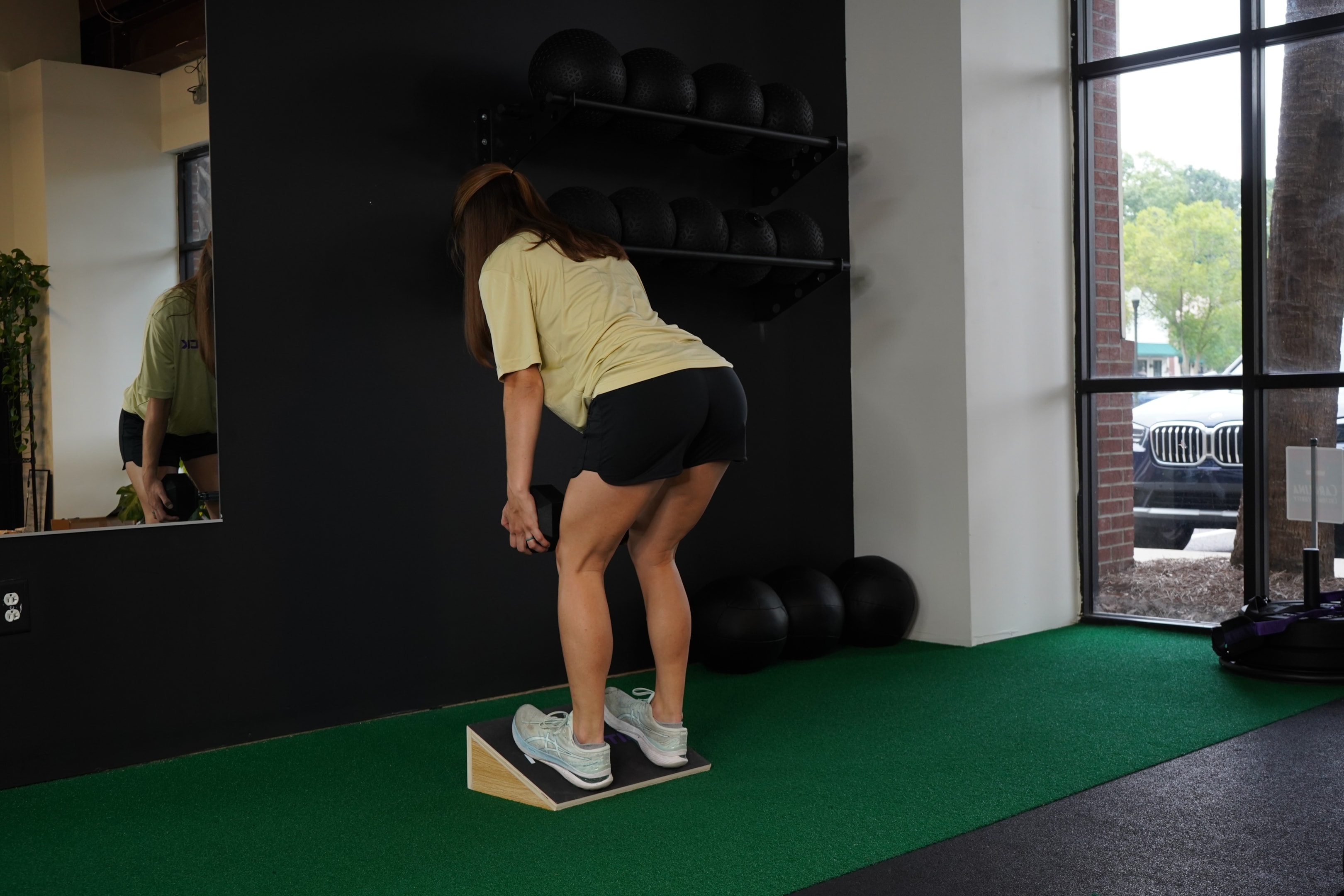
🟩 Slant Board: Stretching on an angled surface shifts more tension onto your hamstrings, allowing for deeper flexibility without straining your lower back. If you deal with tight hamstrings or lower back stiffness, this version helps open up your posterior chain.
⬜ Flat Surface: A traditional hamstring stretch on a flat surface keeps things simple, but you might find it harder to maintain proper form if your mobility is limited.
💡 Good read: Complete Slant Board Workout for Lower Body Strength
Barbell Squats
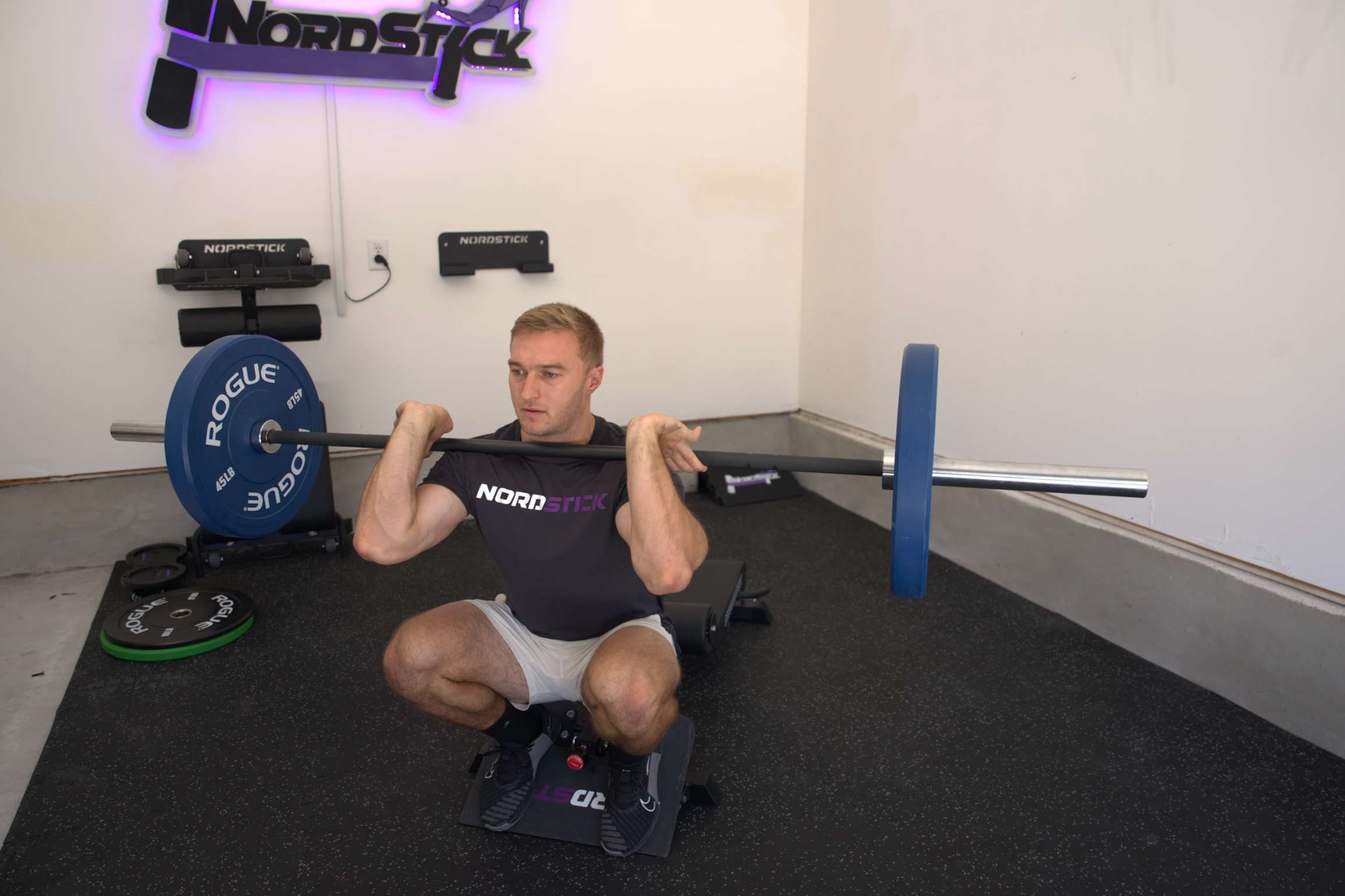
🟩 Slant Board: Elevating your heels with a wooden slant board shifts more emphasis to your quads, especially the vastus medialis oblique (VMO)—that teardrop-shaped muscle near your knee. This can help reduce knee pain and improve squat depth.
⬜ Flat Surface: A standard barbell squat distributes tension evenly across your quads, glutes, and hamstrings, making it a balanced lower-body builder. If you struggle with ankle mobility, this version may feel harder to get low.
💡 Good read: Slant Board Squat vs. Regular Squat: Which Is Better?
Goblet Squats
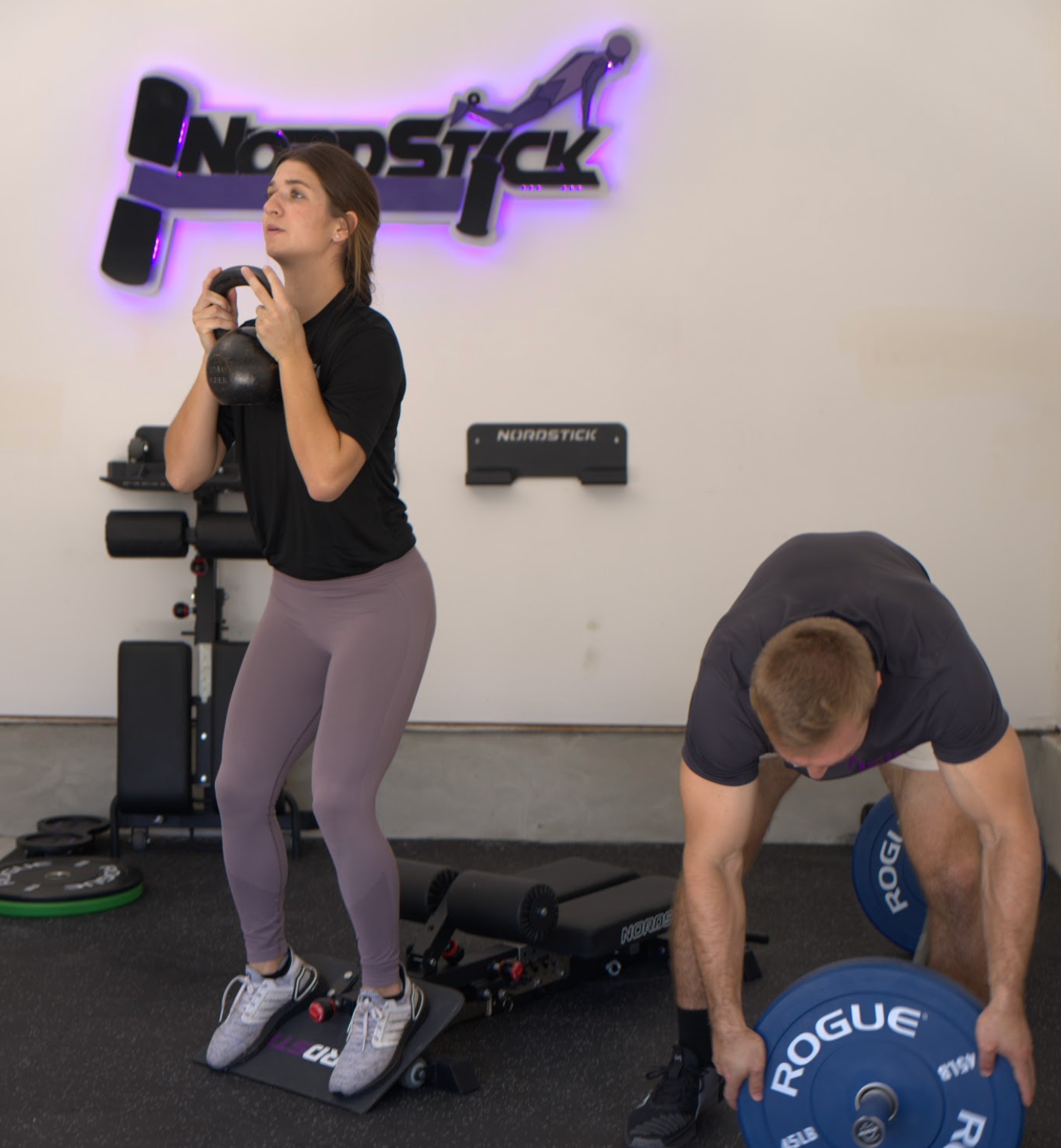
🟩 Slant Board: If you lean forward too much in squats, using a slant board can help improve form, keeping your torso upright and your knees in a stronger position. This is great for targeting quads and improving squat depth.
⬜ Flat Surface: Traditional goblet squats are a solid all-rounder for building quad and glute strength, but they require more ankle mobility to get deep.
💡 Good read: A Leg Day Workout to Build a Strong Foundation
Standing Calf Stretch
🟩 Slant Board: A slant board calf stretch allows for deeper plantar fascia and Achilles tendon release, helping with calf tightness and plantar fasciitis relief.
⬜ Flat Surface: Stretching your calves against a wall or step still works, but it doesn’t maximize dorsiflexion, meaning you might not get as deep of a stretch.
💡 Good read: 5 Must-Have Equipment for Strength & Stability
Poliquin Step-Ups
🟩 Slant Board: If knee pain or weak quads are a problem, using a slant board for Poliquin step-ups shifts focus to the VMO, helping strengthen your knees for squats and lunges.
⬜ Flat Surface: The regular version still works but doesn’t emphasize the VMO as much. If you have weak knees, a slant board might be a better option.
💡 Good read: Slant Board vs. Regular Squat – Which One’s Right for You?
Jefferson Curls
🟩 Slant Board: Doing Jefferson curls on an incline can deepen the stretch in your hamstrings and spinal erectors, helping with lower back flexibility.
⬜ Flat Surface: If you’re new to Jefferson curls, starting on a flat surface allows for better control before progressing to an incline.
💡 Good read: Complete Slant Board Workout for Lower Body Strength
So, Which One Should You Use?
The slant board isn’t necessarily better than a flat surface, but it offers different benefits depending on your goal and mobility. If you want to deepen stretches, target the VMO, or improve squat depth, a slant board is the way to go. If you’re focused on building raw strength, you can stick to flat surfaces and progress from there.
With the NordBench, you don’t have to choose one or the other. It easily flips into a slant board, allowing you to seamlessly switch between flat and angled training—so you get the best of both worlds in one piece of equipment.
If you haven’t tried slant board training, now’s the time. Enhance your range of motion, bulletproof your knees, and get the most out of your workouts with the NordBench today! 🚀
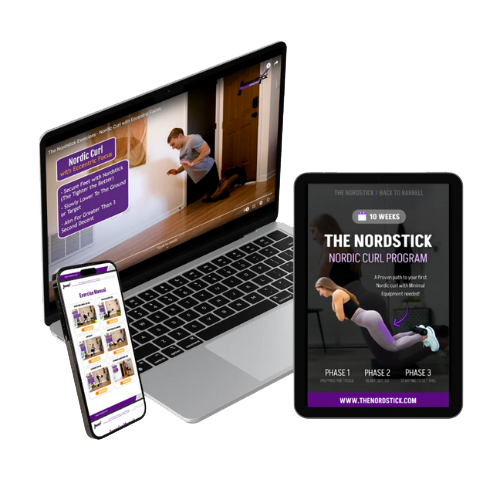


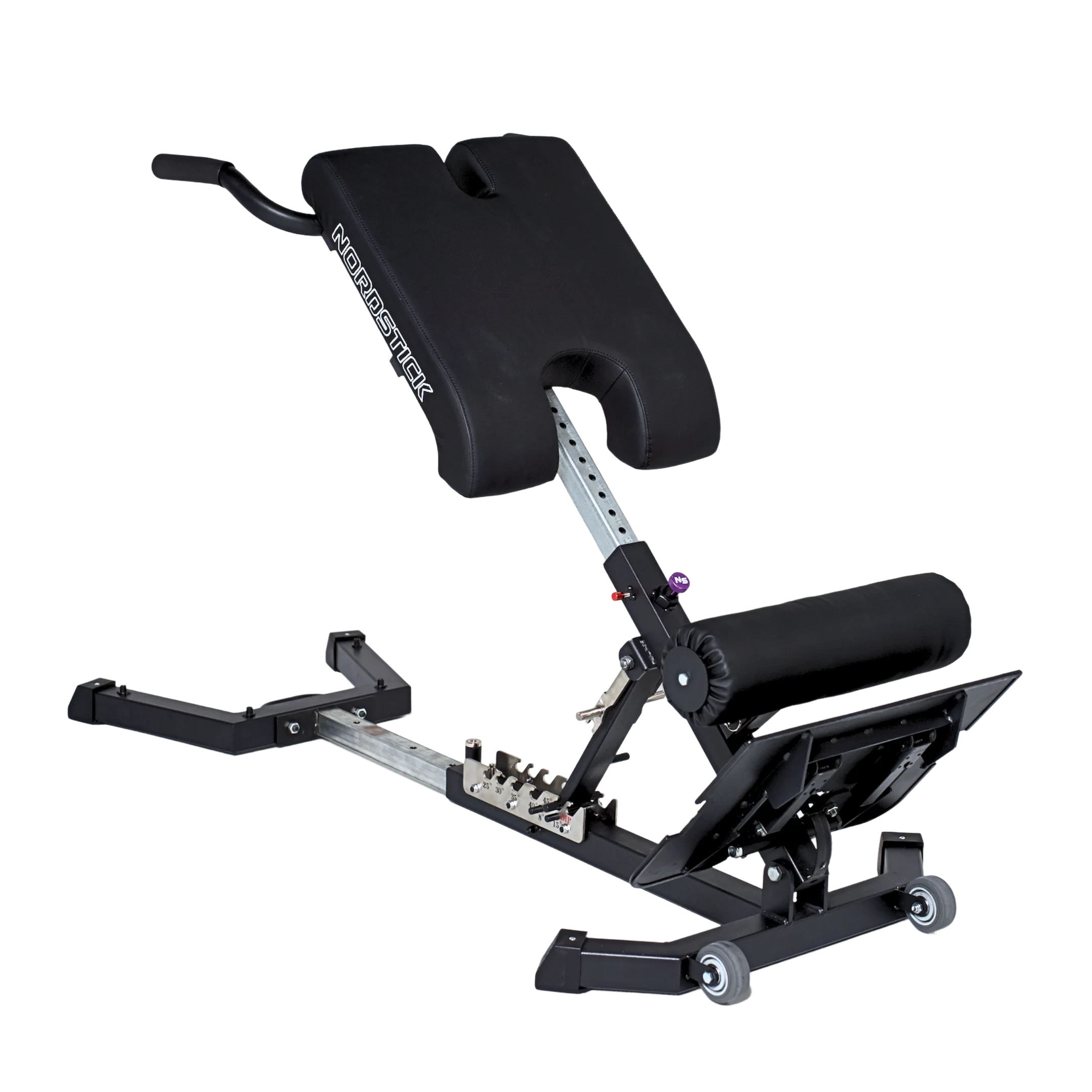
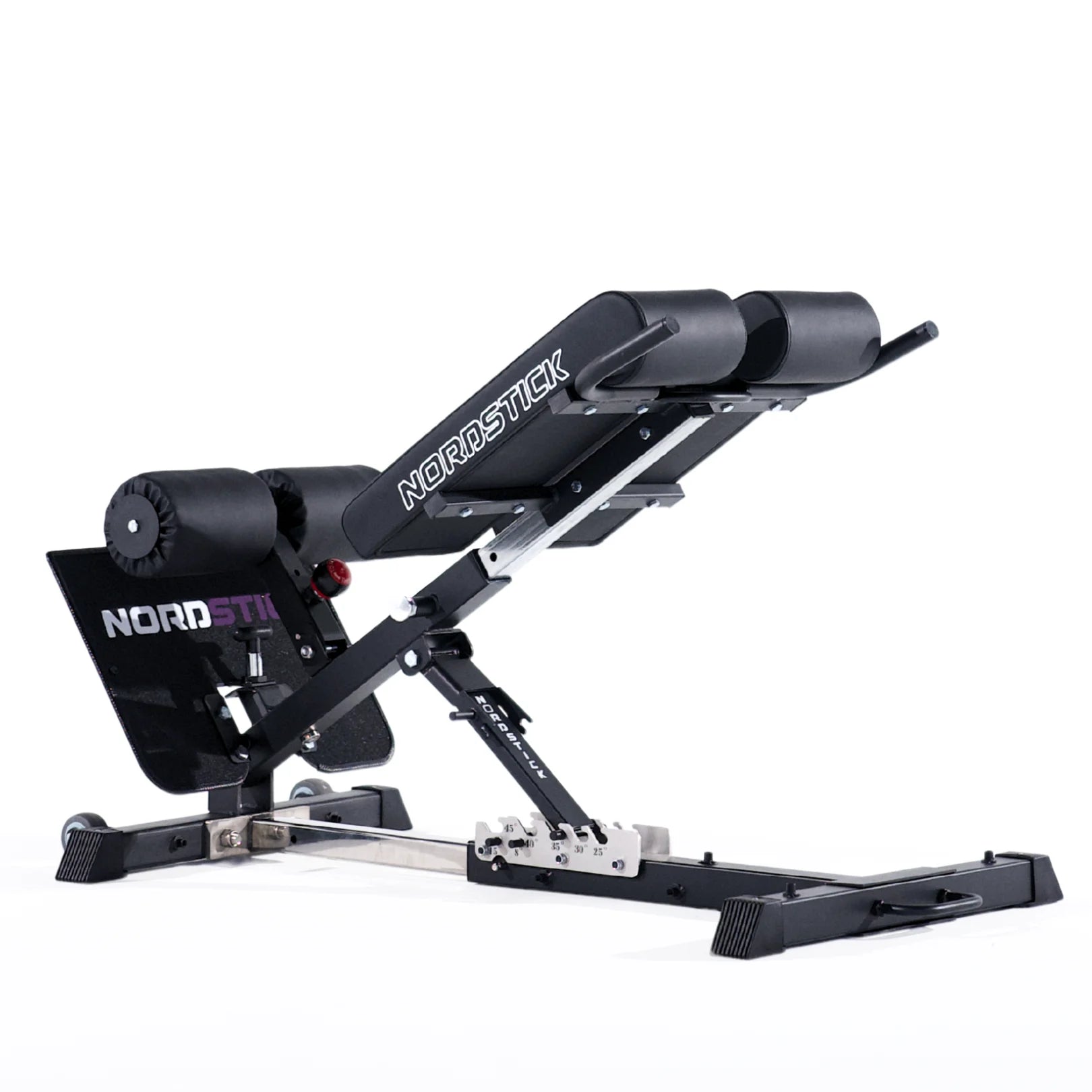





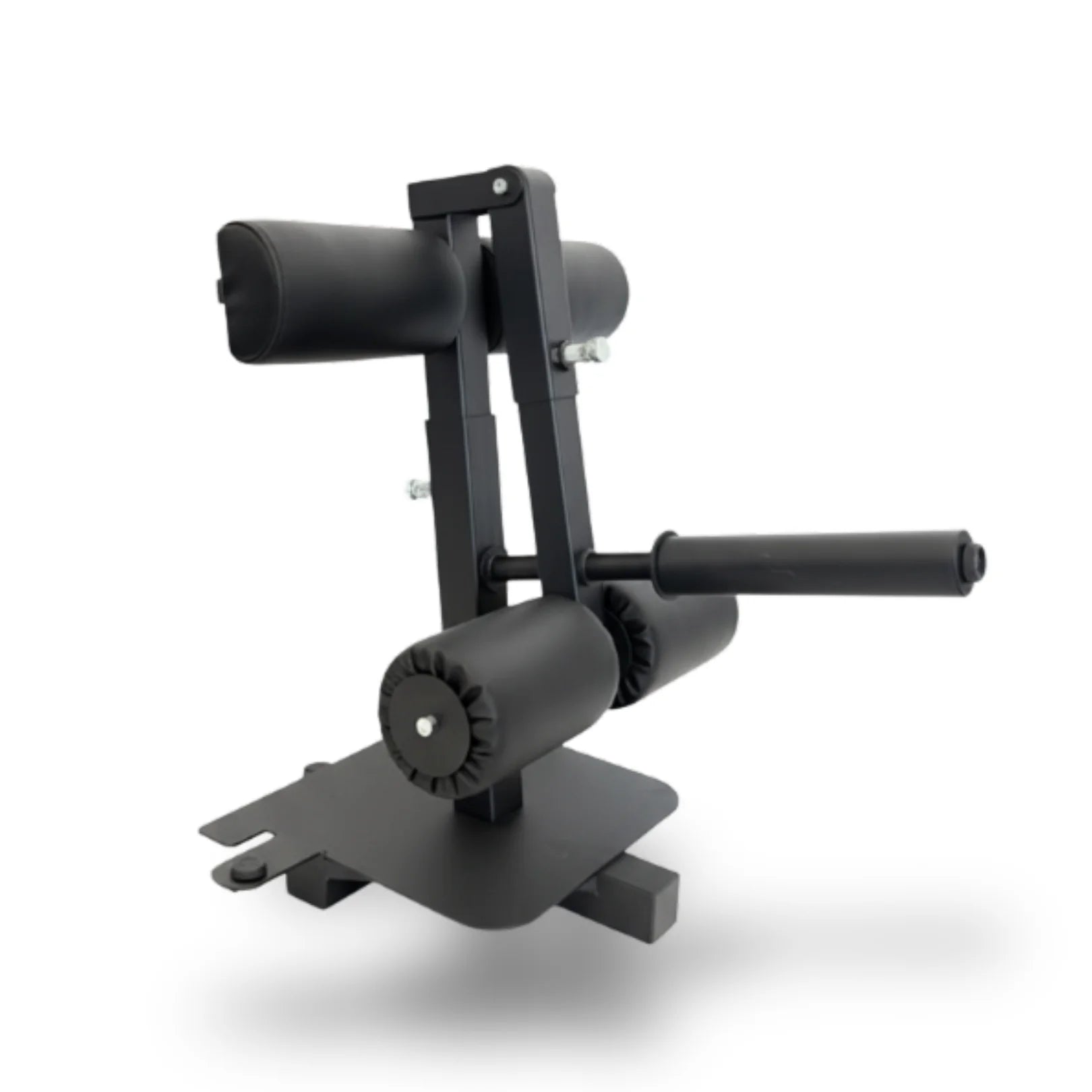
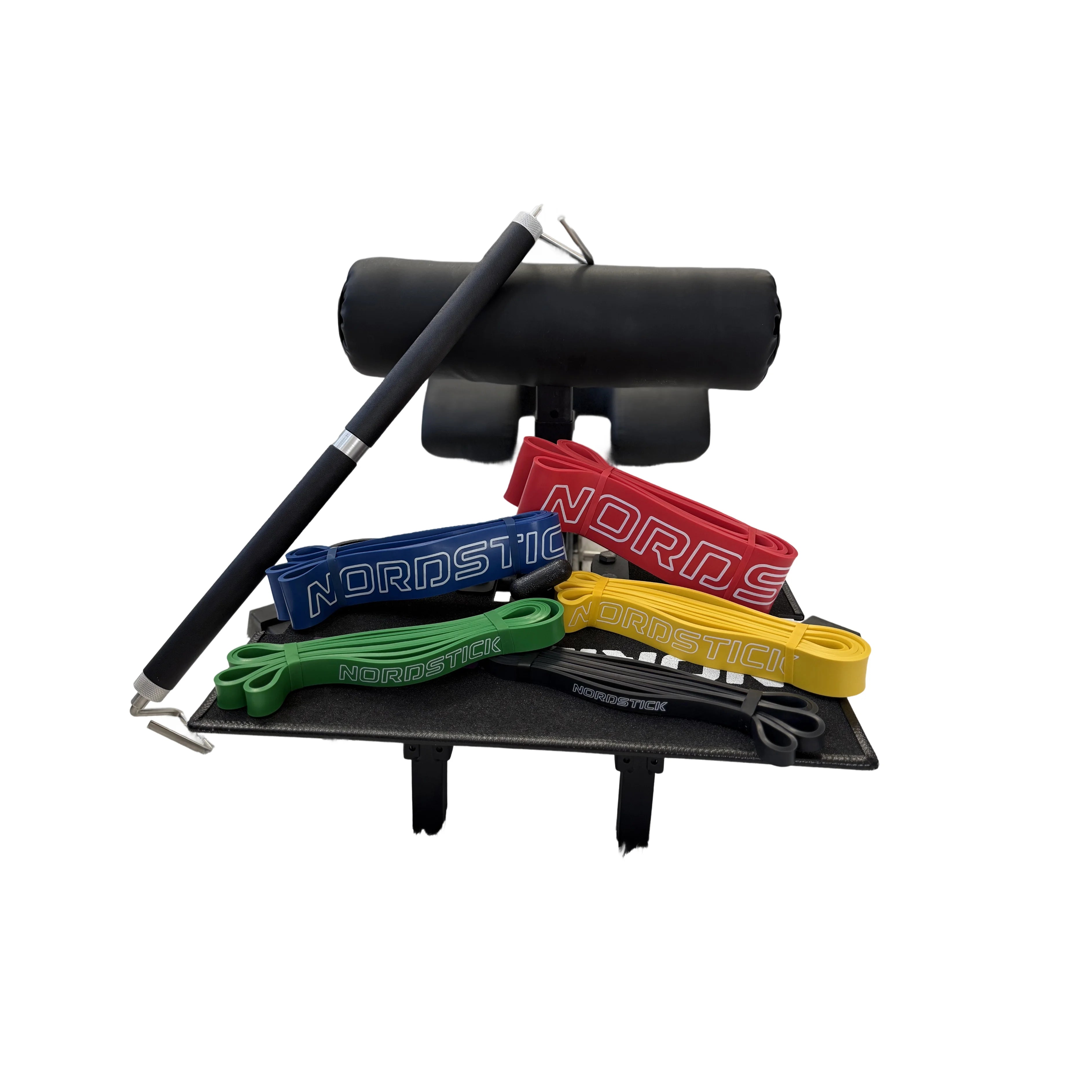
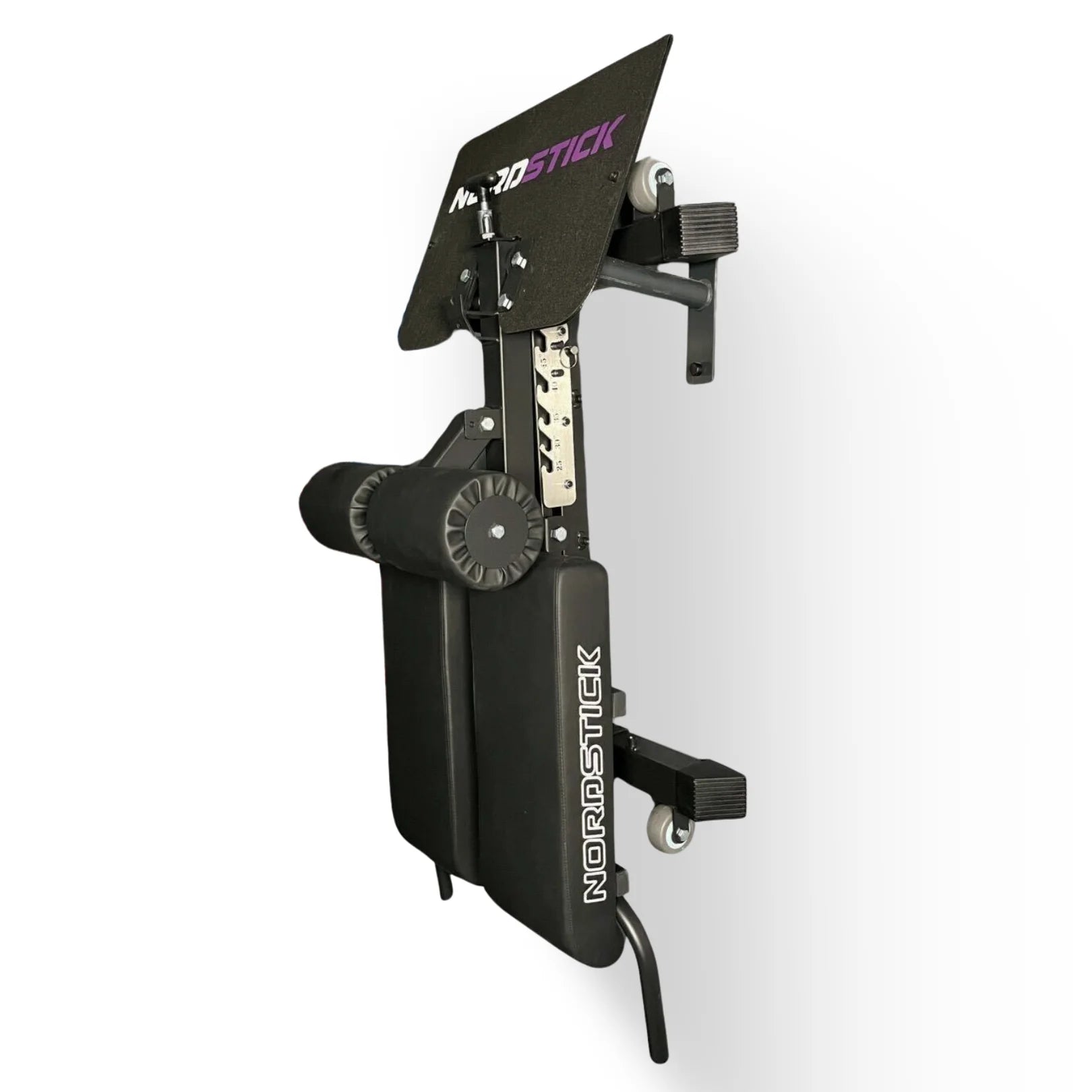
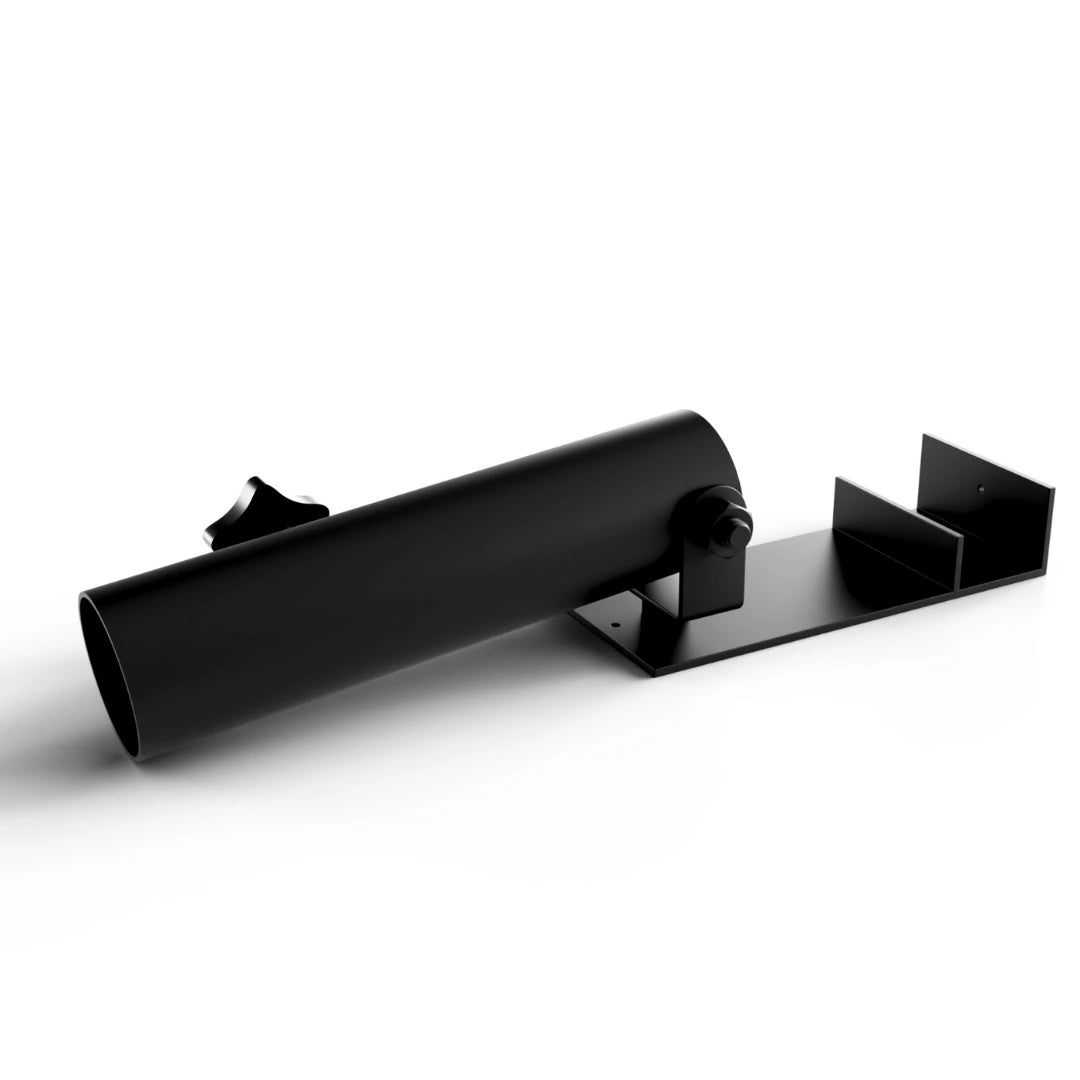
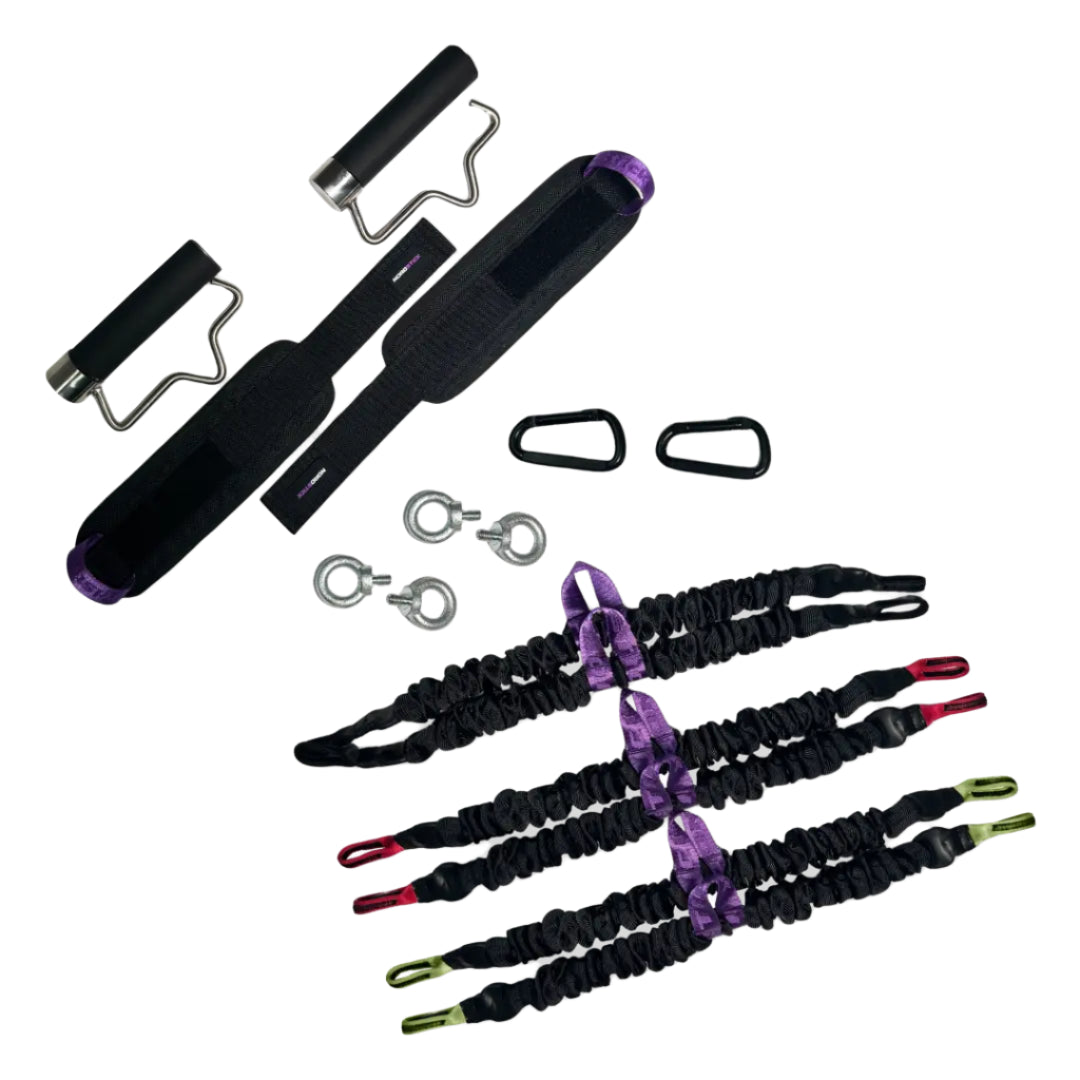
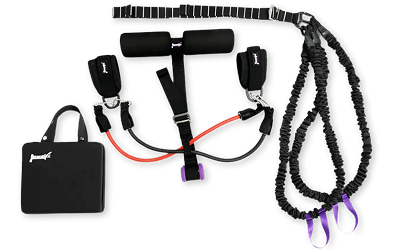
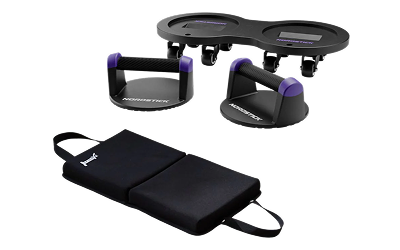
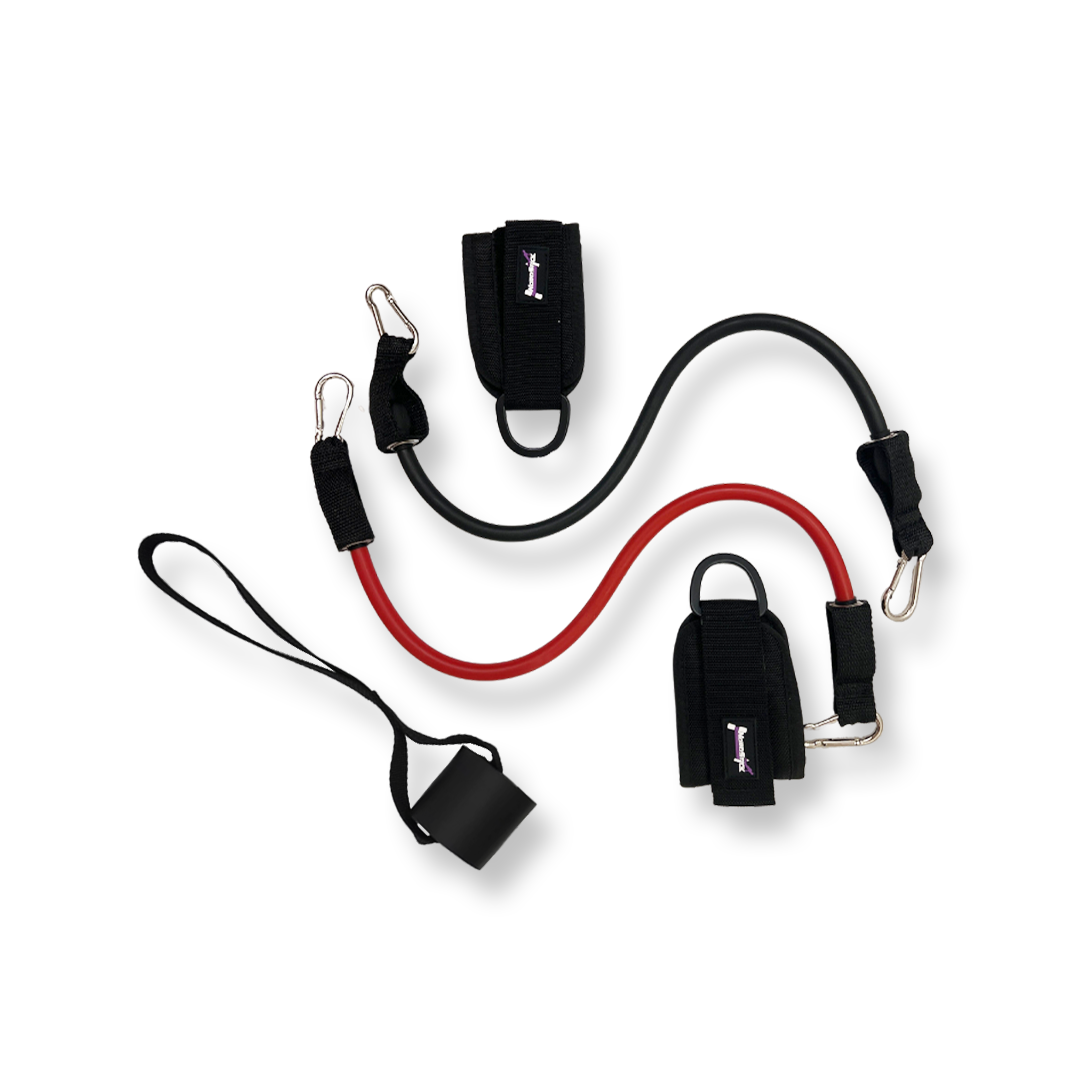
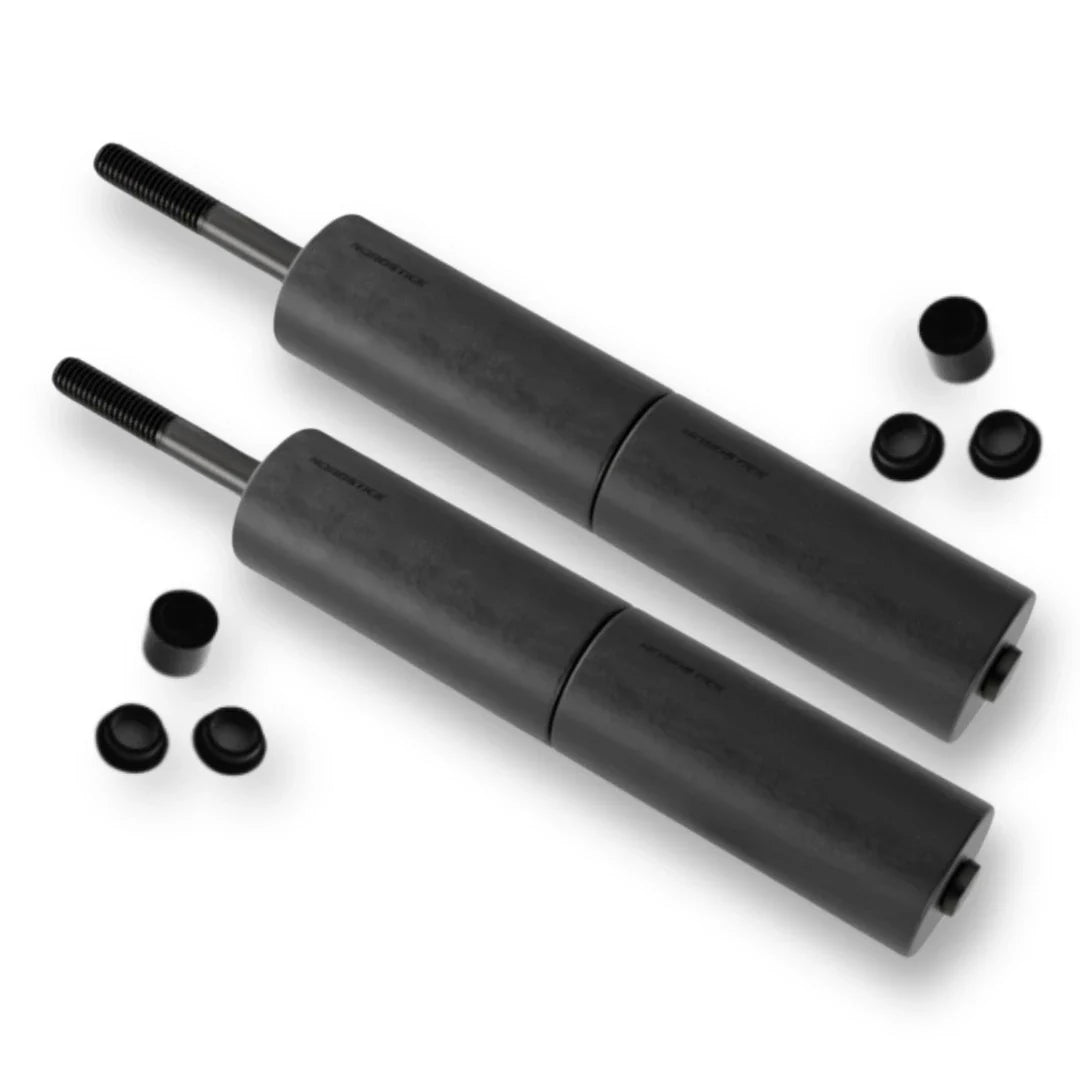
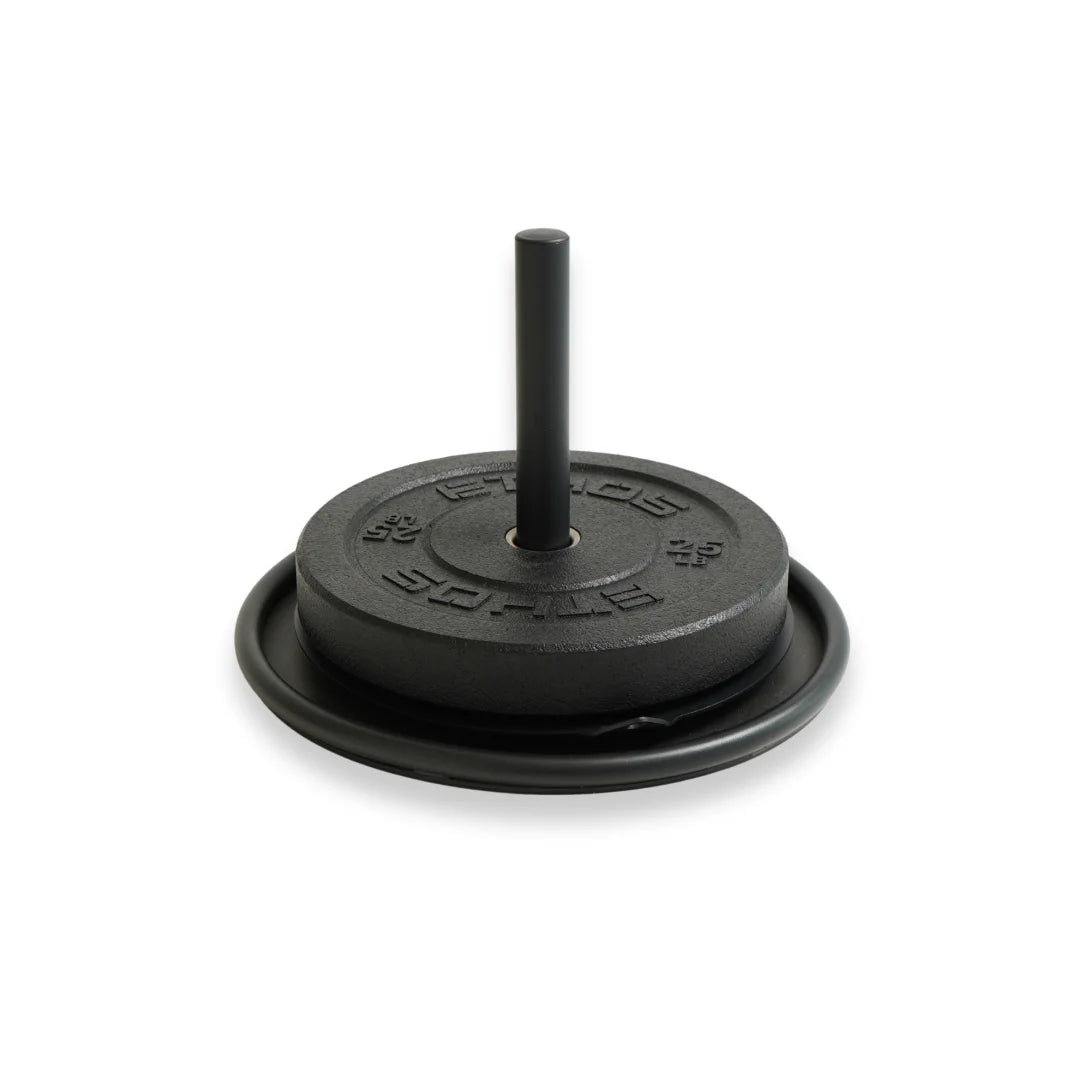
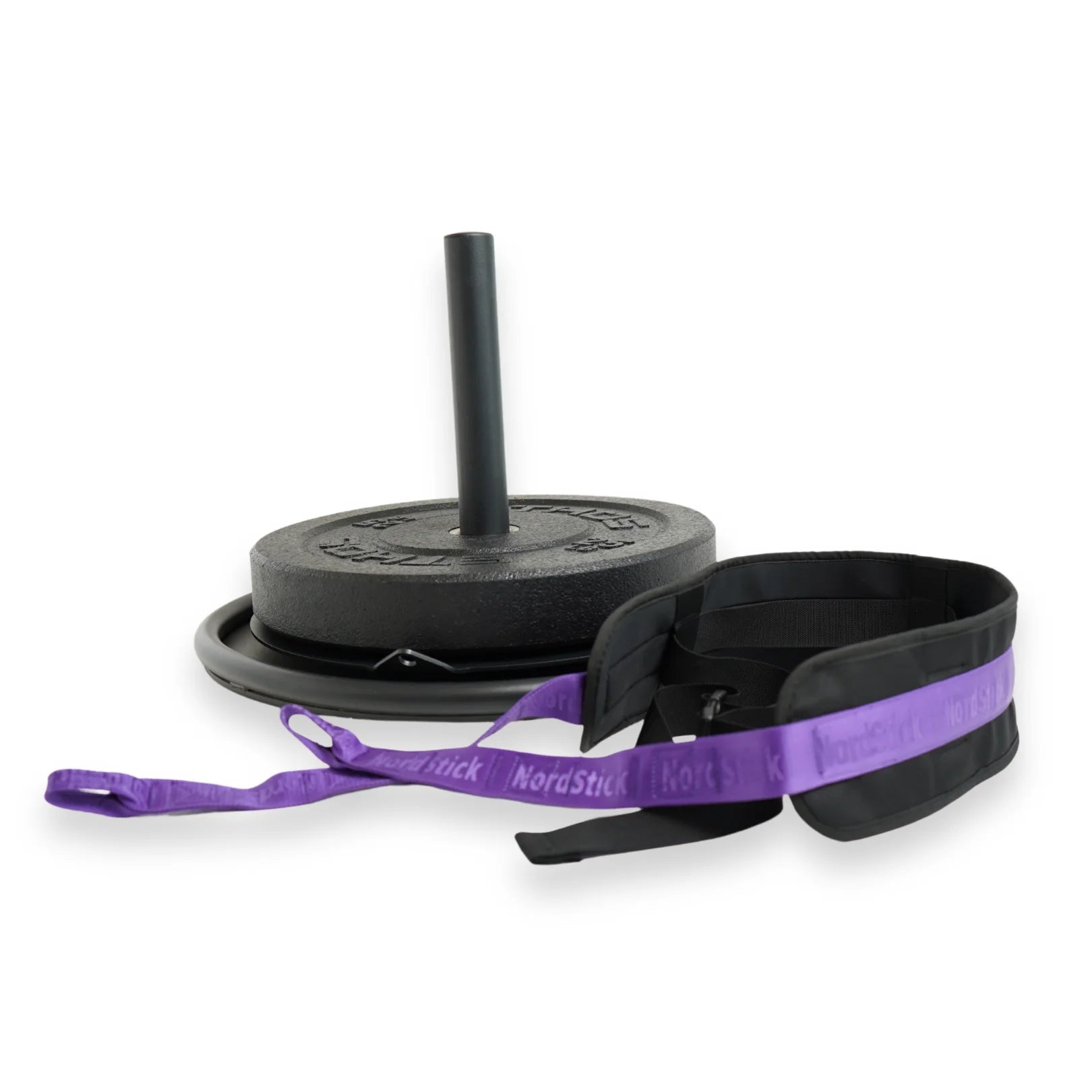
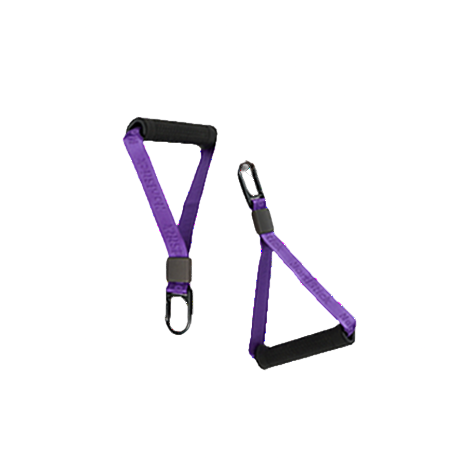
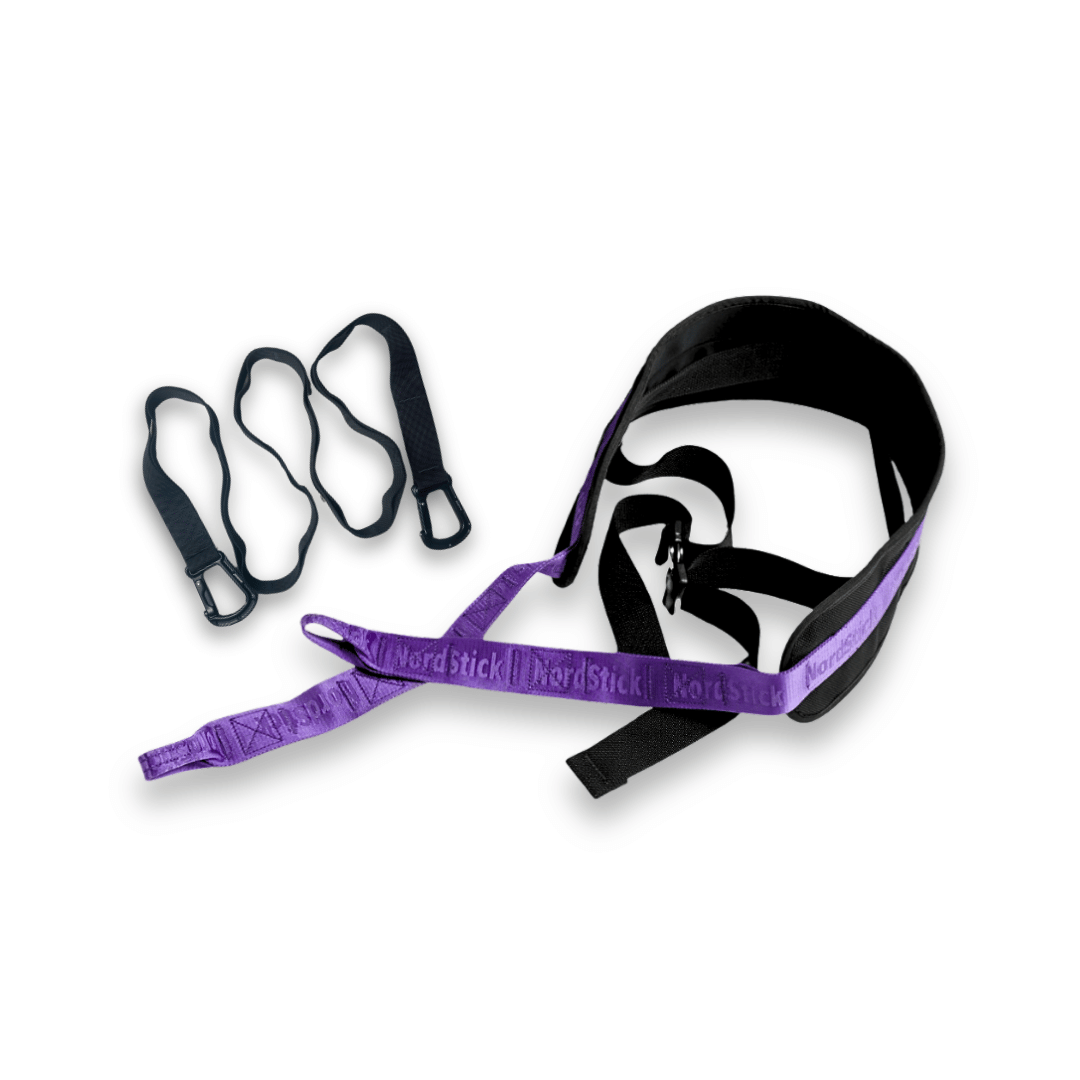
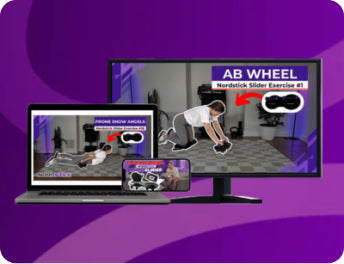

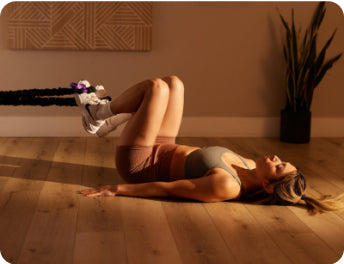
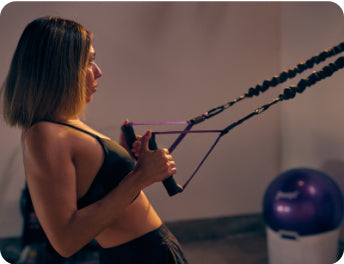

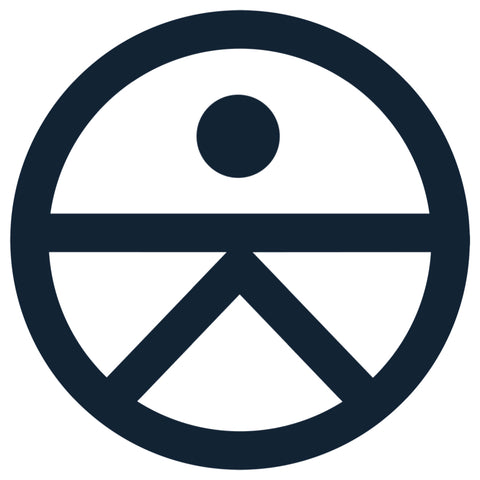
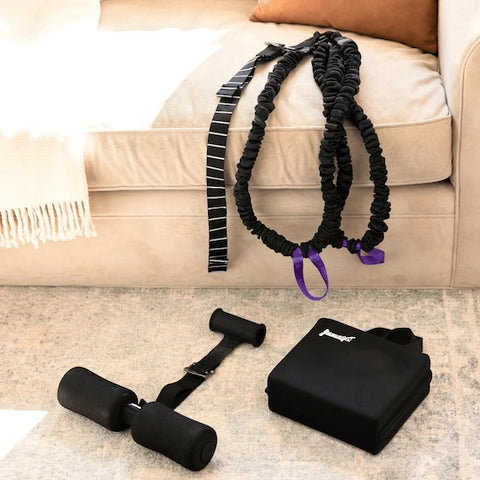
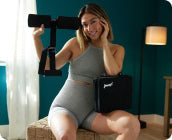
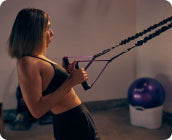
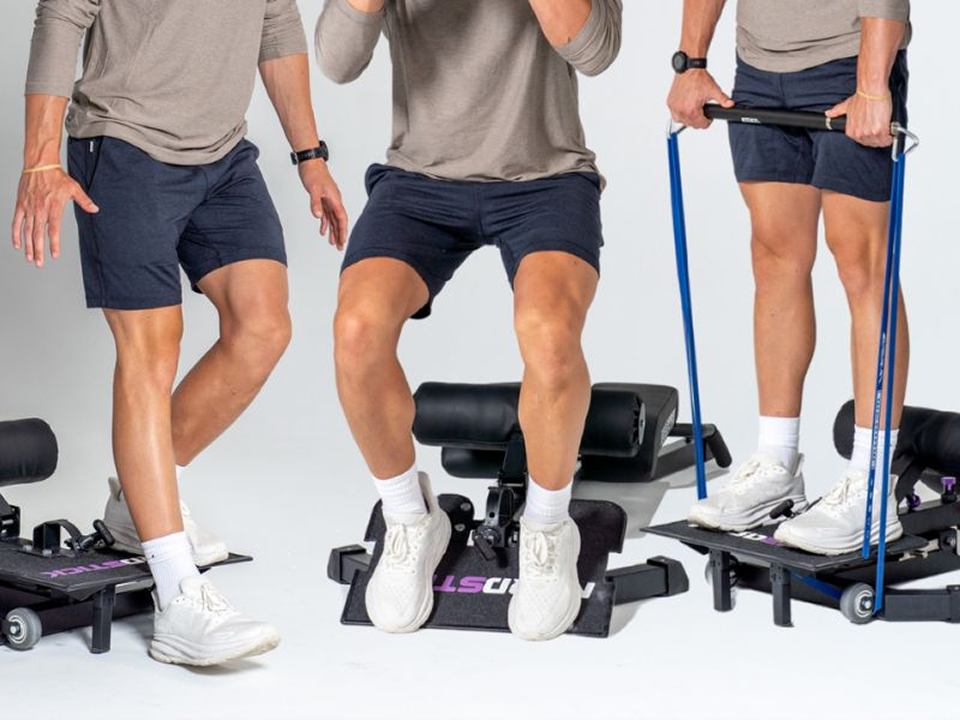
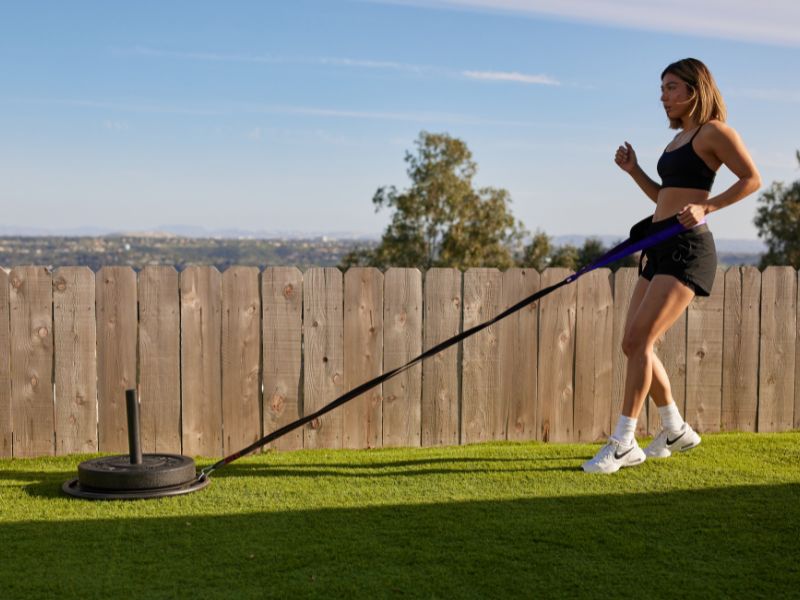

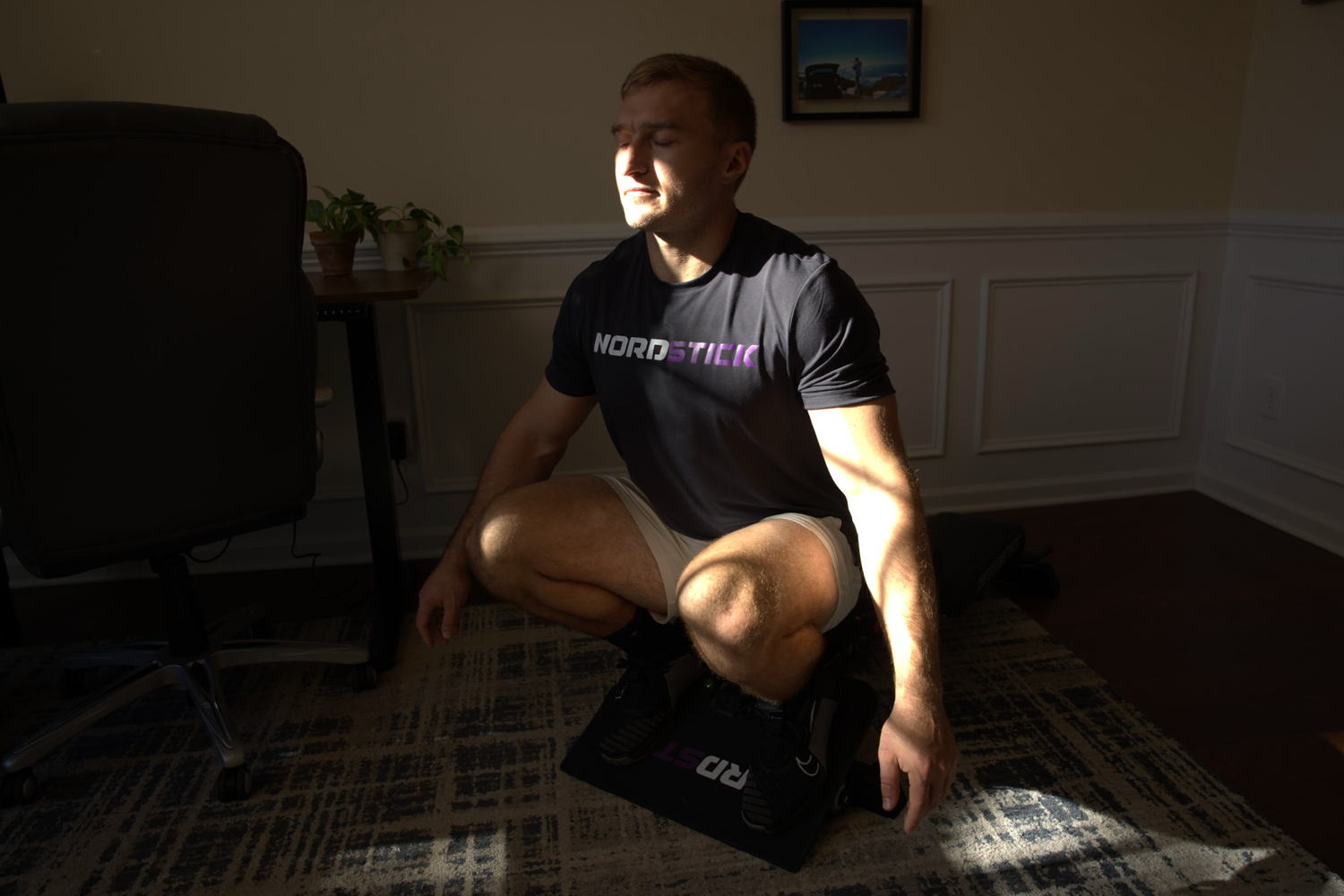
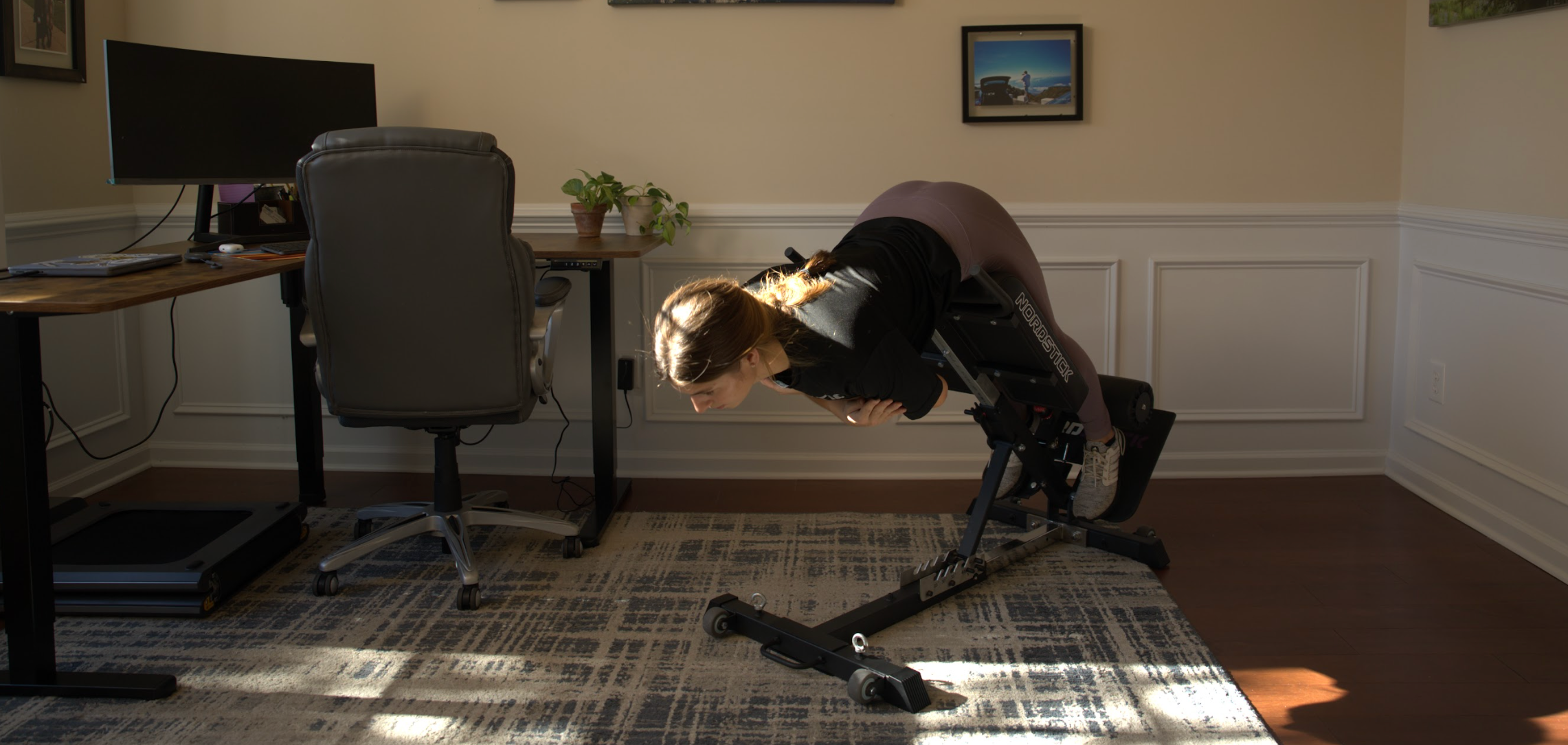
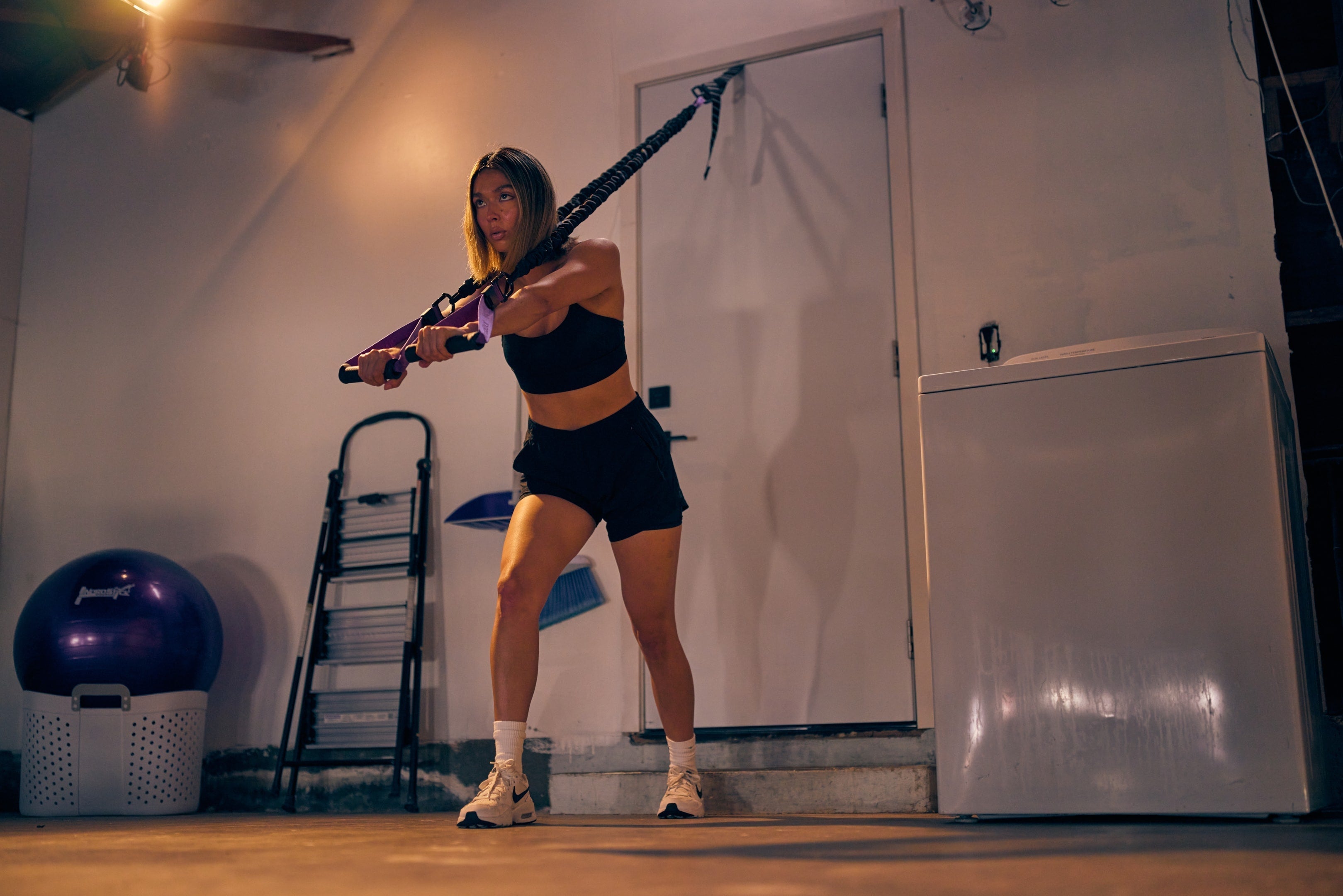



Leave a comment
This site is protected by hCaptcha and the hCaptcha Privacy Policy and Terms of Service apply.